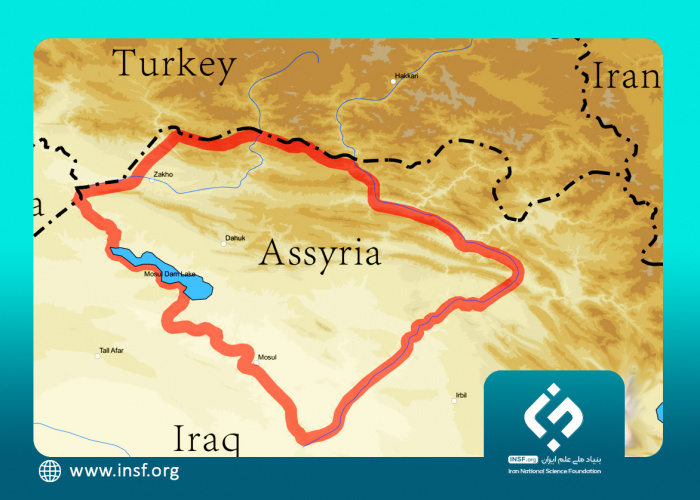Clues to an Assyrian Governor in Greater Mahidasht

Iran and Mesopotamia have had long-standing and deep-rooted relations, as evidenced by various artifacts that have reached us. Among these, the lands located in the east of the Assyrian kingdom have always been attractive to the people of Mesopotamia as important and valuable regions, especially due to the presence of mineral resources. Historical conflicts often extended to the Zagros Mountains and northwestern Iran due to access to mineral resources, horses, and tribute.
"Assyrian kings, with the power at their disposal, always encroached on western Iran, repeatedly attacking forts, castles, and cities, plundering and pillaging their lands” says Dr. Sajjad Alibaigi, an assistant professor at Razi University in Kermanshah. “In addition to Assyrian texts found in Mesopotamia, there is evidence that western Iran, and especially the central Zagros region, was under Assyrian rule." he added.
He added: "Assyrian kings, with the power at their disposal, always encroached on western Iran, repeatedly attacking forts, castles, and cities, plundering and pillaging their lands. In addition to Assyrian texts found in Mesopotamia, there is evidence that western Iran, and especially the central Zagros region, was under Assyrian rule."
According to Alibeigi the erection of several commemorative stones and the creation of a number of bas-reliefs in areas currently known as Kurdistan, Kermanshah, Ilam, and Hamedan provinces indicate numerous Assyrian expeditions to these regions. In recent studies, new evidence has been found that provides researchers with an important clue to an Assyrian-style building in Qowakh Tepe Mahidasht
The lack of archaeological evidence in the Central Zagros and the lack of focused research on the Neo-Assyrian period means that despite the long-term settlement and construction of the Assyrians, no trace of their settlement in the Central Zagros has never been found, creating a significant archaeological gap of the Western Iran in the Iron Age.
In the study funded by INSF Alibeigi aimed at gaining knowledge about the nature of the buried Assyrian site in Quwakh Tapeh in Kermanshah to be used for constructing the cultural, political, and economic relations between Iran and Assyria.
The study investigated historical artifacts discovered in the site with the main focus on a carved door socket and fragments of other carved stones. The door socket in question appears to combine elements from both Assyrian and Achaemenid periods. It has a rectangular shape, raised lip, and semi-circular hole similar to Assyrian examples, but with the radiating petals characteristic of Achaemenid specimens. This suggests a development of the later Assyrian period, fitting with the historical context of the area and the absence of Achaemenid artifacts at the site. This suggests, based on the comparisons and analysis, the existence of an Assyrian administrative center at the site showing the possible imprint of Assyrian rule in this sector of the central Zagros.
This hypothesis can only be confirmed by excavation, but if it is correct, there is every possibility that Quwakh Tapeh has the potential to make a major contribution to our knowledge and understanding of the central Zagros under Neo-Assyrian rule.

